Every February 14th, Valentine's Day is synonymous with chocolate as a symbol of affection. From heart-shaped chocolates to luxurious packaging, this gift seems to be a must to give to your loved ones. However, behind its sweet and tempting taste, excessive chocolate consumption can be a "boomerang" for health. This article will discuss the health risks that may occur if we are not wise in eating chocolate on this special moment, as well as safe tips for enjoying it without worry.
Chocolate, a Worldwide Symbol of Love
Chocolate has long been a part of human culture. Since the time of the Aztecs and Mayans, chocolate has been considered the food of the gods. Today, chocolate has become a universal gift that symbolizes love, happiness, and care. On Valentine's Day, chocolate is a top choice because of its ability to trigger the release of endorphins, the happy hormone that makes the recipient feel happy and loved.
Know the Types of Chocolate Consumed
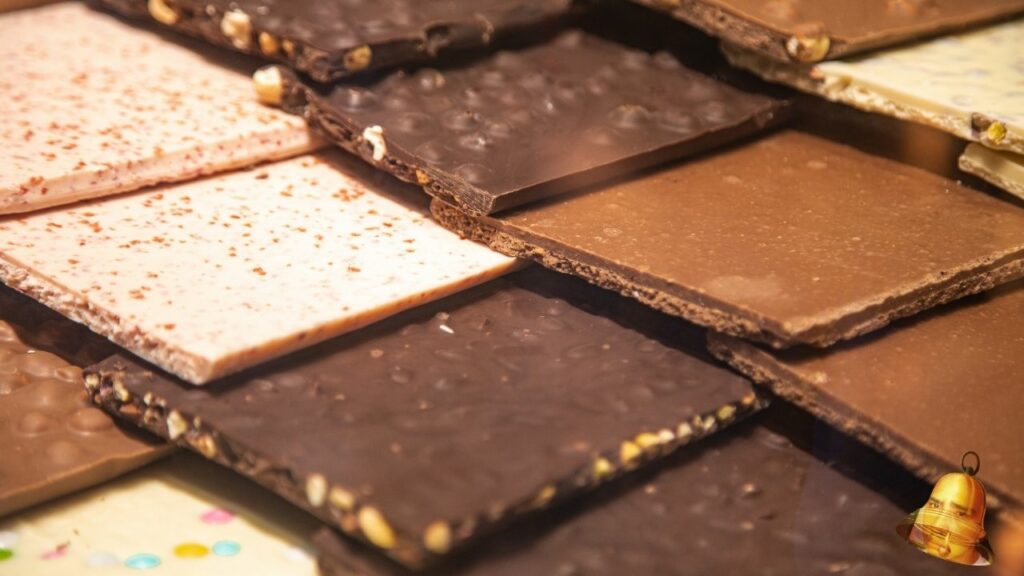
Before discussing the health risks, it’s important to understand the different types of chocolate available. Not all chocolate is created equal, and its nutritional content varies:
- Dark Chocolate: Contains more cocoa (usually 70% or more) and less sugar. Rich in heart-healthy flavonoid antioxidants.
- Milk Chocolate: Contains more milk and sugar, making it sweeter and creamier. However, it also has higher calories.
- White Chocolate: Made from cocoa butter, sugar, and milk, but does not contain cocoa solids. This chocolate has the highest sugar and fat content.
By understanding these differences, we can make wiser choices when enjoying chocolate.
Health Risks If You Are Not Wise in Eating Chocolate
1. Weight Gain and Obesity Risk

Chocolate, especially milk or white, is high in sugar, saturated fat, and calories. One bar of milk chocolate (100 grams) can contain around 500–600 calories, equivalent to a serving of fried rice! Excessive consumption in a day can cause excess calories to accumulate as fat. Worse, a spike in blood sugar after eating chocolate can trigger excessive hunger, making us eat more.
A study in The FASEB Journal (2021) stated that although dark chocolate can lower blood pressure, daily consumption also carries the risk of increasing body mass index (BMI) if the portion is not controlled.
2. Increased Bad Cholesterol and Risk of Heart Disease
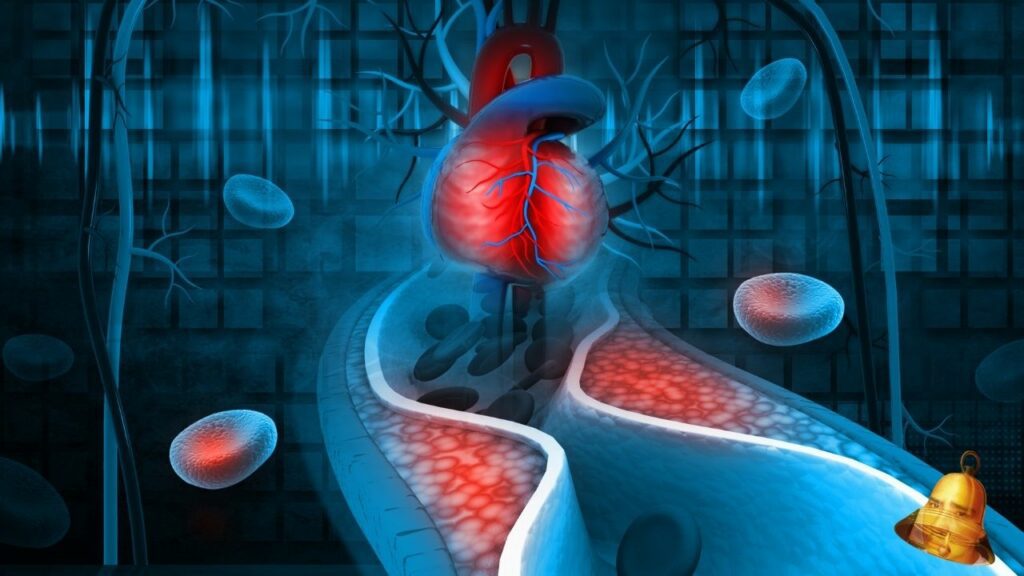
Chocolate contains saturated fat from cocoa butter which can increase LDL (bad cholesterol) levels in the blood. If consumed excessively, LDL buildup can clog blood vessels and increase the risk of heart disease.
Although some studies suggest that the flavonoids in dark chocolate are beneficial for heart health, Emily Myers, a nutritionist at Virginia Tech, warns that to get these benefits, we need to eat large amounts of chocolate, which could potentially increase our intake of sugar and saturated fat.
3. Digestive Disorders and Gastric Acid
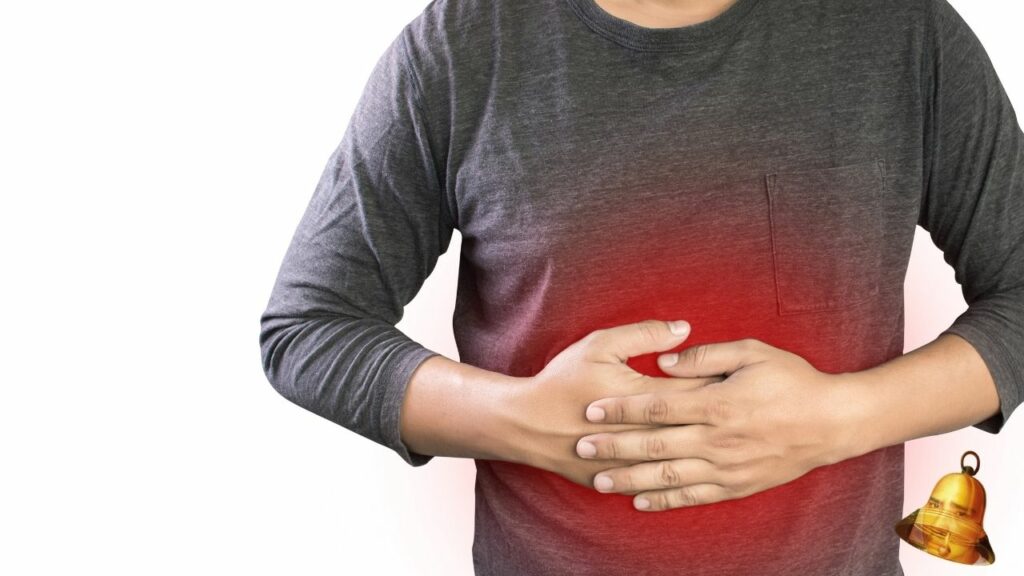
For people with lactose intolerance or irritable bowel syndrome (IBS), milk chocolate can trigger bloating, diarrhea, or stomach pain. In addition, the caffeine and theobromine in chocolate can stimulate excess stomach acid production, worsening heartburn or GERD symptoms.
Research from the American Society for Gastrointestinal Endoscopy also shows that chocolate can weaken the esophageal sphincter muscle, allowing stomach acid to rise into the throat and cause heartburn.
4. Acne and Skin Problems
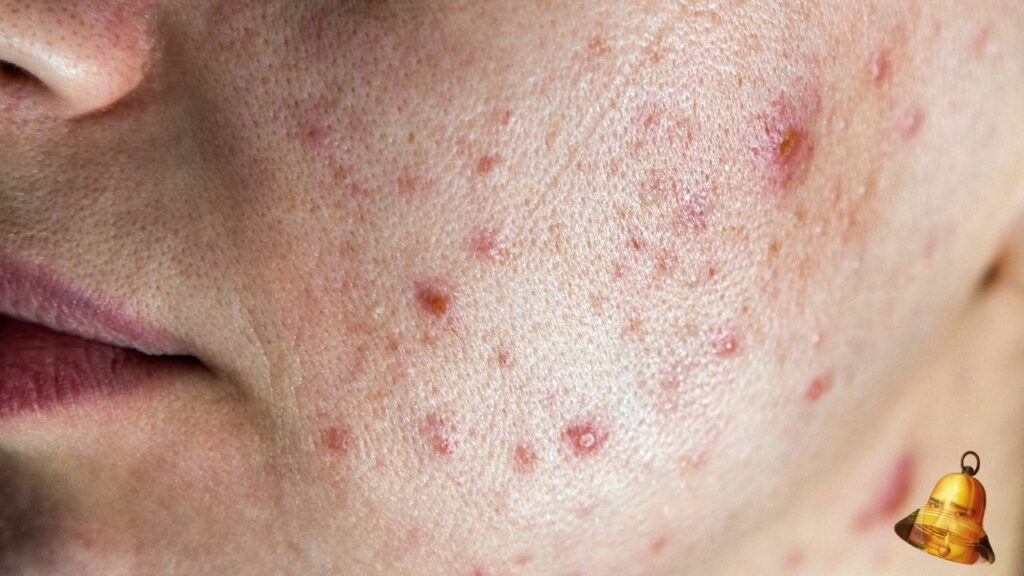
The high sugar content in chocolate can trigger inflammation and excess oil production in the skin, which leads to acne. A study of 25 men with acne proved that consuming 25 grams of dark chocolate every day for two weeks worsened their acne condition. Even dark chocolate, which is often considered healthier, actually contains compounds that can worsen acne.
5. Migraines and Headaches
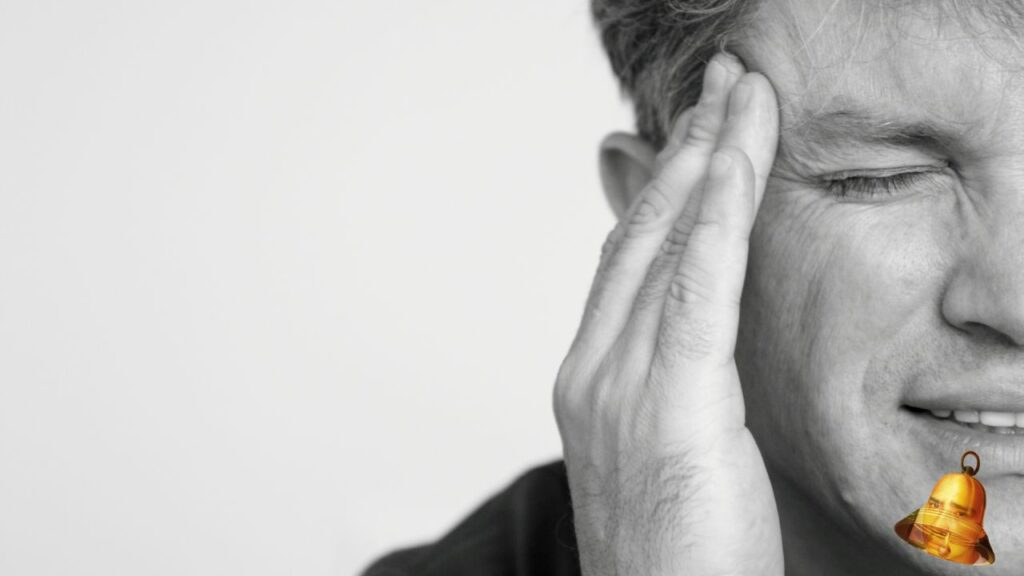
Caffeine and beta-phenylethylamine in chocolate can trigger migraines in sensitive people. Both of these substances constrict blood vessels and affect the nervous system, leading to throbbing headaches. If you are prone to migraines, limit your consumption of chocolate, especially those high in caffeine.
6. Risk of Kidney Stones
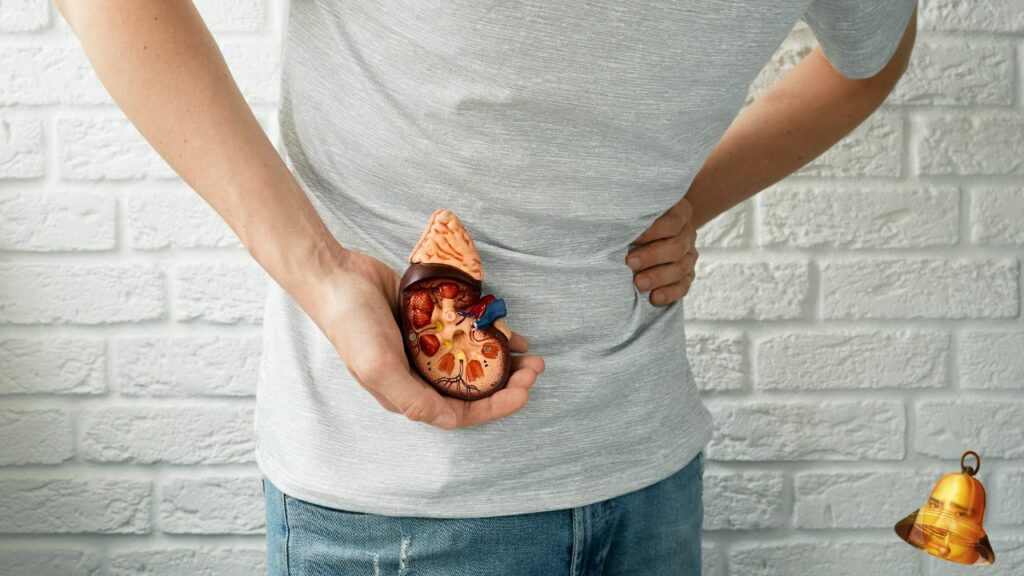
Chocolate is rich in oxalate, a compound that can bind calcium in urine and form crystals that cause kidney stones. For those who have experienced kidney stones, excessive chocolate consumption can increase the risk of recurrence.
7. Type 2 Diabetes
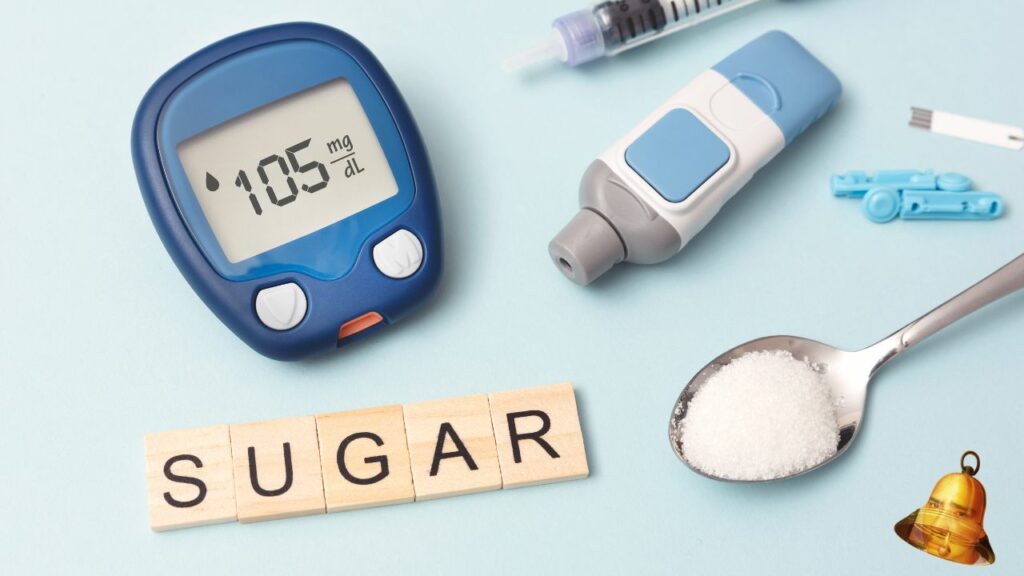
Chocolate with high sugar content increases the risk of insulin resistance, especially if consumed regularly. A study from the University of California (2013) showed a relationship between excessive sugar consumption such as in chocolate with an increased risk of type 2 diabetes.
Safe Tips for Enjoying Chocolate on Valentine's Day
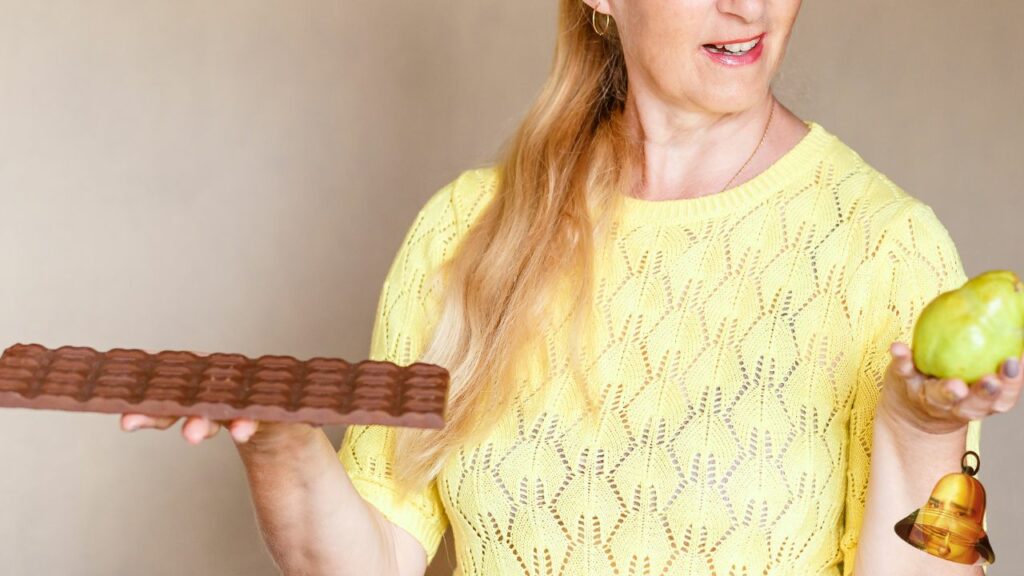
To keep the celebration sweet without any health threats, follow these guidelines:
- Choose Dark Chocolate: At least 70% cocoa to get flavonoids without excess sugar.
- Limit Portions: Just 1–2 small pieces per day to avoid excess calories.
- Watch the Label: Avoid chocolate with added artificial sweeteners or synthetic preservatives.
- Pair with Healthy Foods: Serve chocolate with fresh fruit such as strawberries to add fiber and reduce the sweetness.
- Make a Special Gift: Instead of giving a large amount of chocolate, choose an alternative gift like flowers or a handwritten note.
Conclusion
Chocolate can be a sweet symbol of love, but don't let its delicious taste ruin your health. By choosing the right type of chocolate and controlling your portion, you can celebrate Valentine's Day without feeling guilty. Remember, the best love is one that cares about your own and your partner's well-being, including maintaining a balanced diet. Happy and healthy Valentine's Day!


